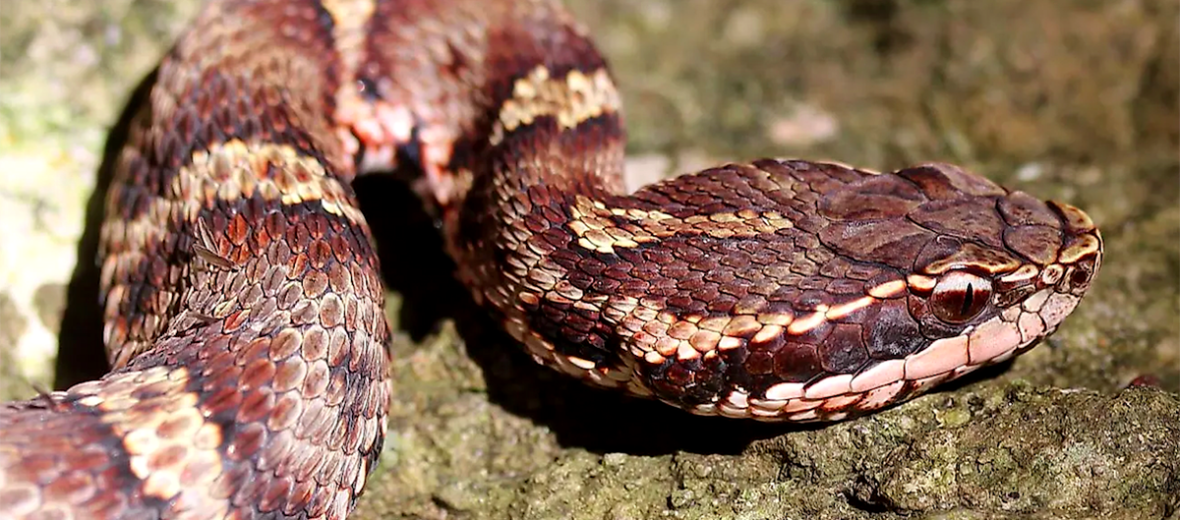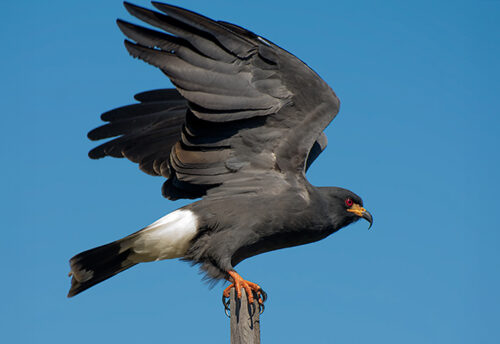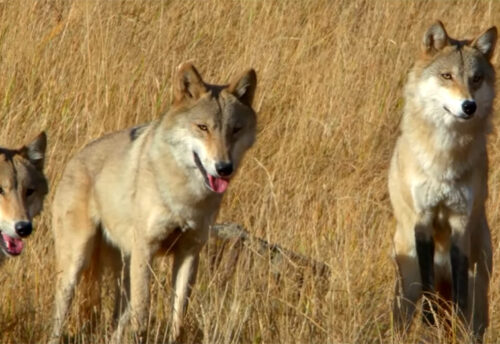
The mamushi, aka Japanese moccasin, Japanese pit viper, Oichun snake, Japanese mamushi, or salmusa, hails from Japan & Russia. These venomous pit vipers tolerate a range of habitats including: open woodlands, grasslands, swamps, meadows, marshes, rocky hillsides, montane rocky outcroppings, and farmland. Sans hunting, trapping, and habitat destruction, these snakes don’t face many threats. They’re listed as Least Concern by the IUCN, with a stable population trend.
First the Stats…
Scientific name: Gloydius blomhoffii
Weight: Up to 1+ lb.
Length: Up to 36 inches
Lifespan: Up to 14 years
Now on to the Facts!
1.) Like other snakes, they are solitary and only come together to breed.
2.) These snakes, like many pit vipers, are ambush predators.
3.) A group of snakes is called a bed, den, knot, nest, or pit.
4.) While they can feed on lizards birds, and even insects (when young), they primarily feast on rats and mice.
5.) Just like other vipers, the females are viviparous (give birth to live young).
But wait, there’s more on the mamushi!
6.) The female births up to 13 snakelets. Breeding season is from August – October.
7.) Mamushi vipers are considered to be the most venomous snakes in Japan.
Did you know…?
3,000 people in Japan are bitten by mamushi pit vipers each year, with up to a 10 person annual fatality.
8.) The effects of a bite can be visual disturbances (blurred vision), kidney failure, palsy, and miscarriages.
9.) These snakes don’t hesitate to bite, if given the chance. But will only do so if their target is around 12 inches or less away and if they feel threatened.
10.) These vipers are known for their defensive behavior.
Now a Short Mamushi Video!
Be sure to share & comment below! Also, check out the Critter Science YouTube channel. Videos added regularly!
Want to suggest a critter for me to write about? Let me know here.



